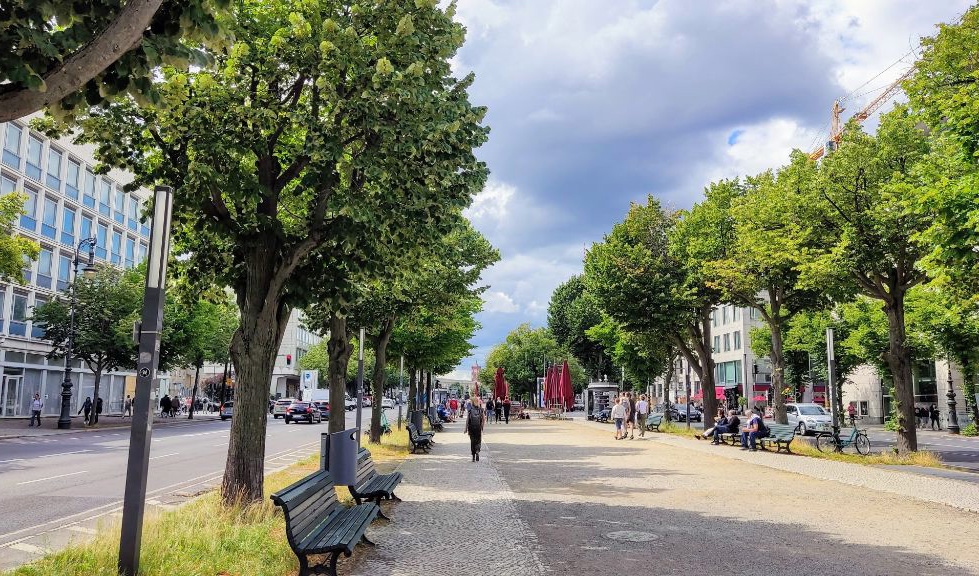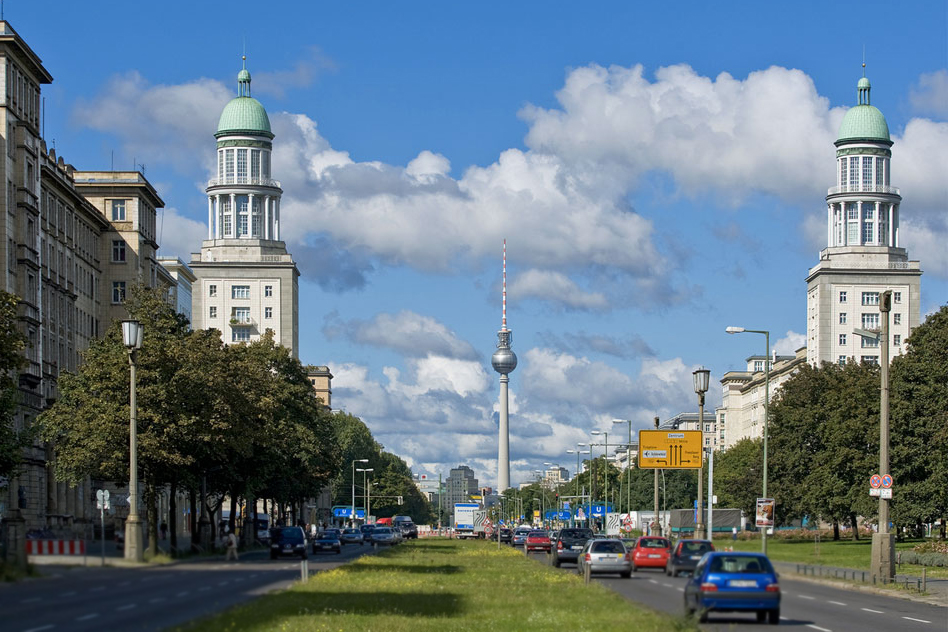Karl-Marx-Allee Berlin
Audio Guide Karl-Marx-Allee
Karl-Marx-Allee is one of Berlin's most prominent landmarks. This vast boulevard was built in the style of socialist realism in the 1950s and is a symbol of the new Germany. Its name reflects the honouring of Karl Marx, a prominent philosopher and socialist theorist. However, the history of this street is also rich in interesting twists and turns.
"Karl-Marx-Allee" represents one of the most ambitious projects in German history. The 2.6 kilometre long boulevard stretches from Frankfurt Gate to Strausberger Platz and was created after the devastating effects of the Second World War. The main aim was to showcase the power and prosperity of the new Germany and to improve the lives of its citizens. This ambitious construction project was an attempt to create a socialist paradise in the heart of the city.
It is important to note that Karl-Marx-Allee not only symbolises the ideas of Karl Marx, but also reflects periods of change in German history. It was built in the 1950s in the style of Socialist Classicism and is known for monumental residential buildings that were intended to reflect the power of engineering in East Germany. At first the alley was called "Great Frankfurt Street", but on 21 December 1949, on the occasion of Stalin's 70th birthday, it was renamed Stalin Alley - Stalin Allee, and since 13 November 1961, after the debunking of Stalin's personality cult, it has been named after the famous German economist Karl Marx. These name changes are a reflection of political transformations and changes in Germany and the eastern part of Berlin.
Today, Karl-Marx-Allee remains an important symbol of Berlin itself and of Germany as a whole. It attracts tourists from all over the world who want to enjoy the unique atmosphere and history of this unique place. The boulevard retains its architectural charm, providing an opportunity to immerse yourself in the history and political changes of Germany over the past decades.
Other sights
-
Alexanderplatz
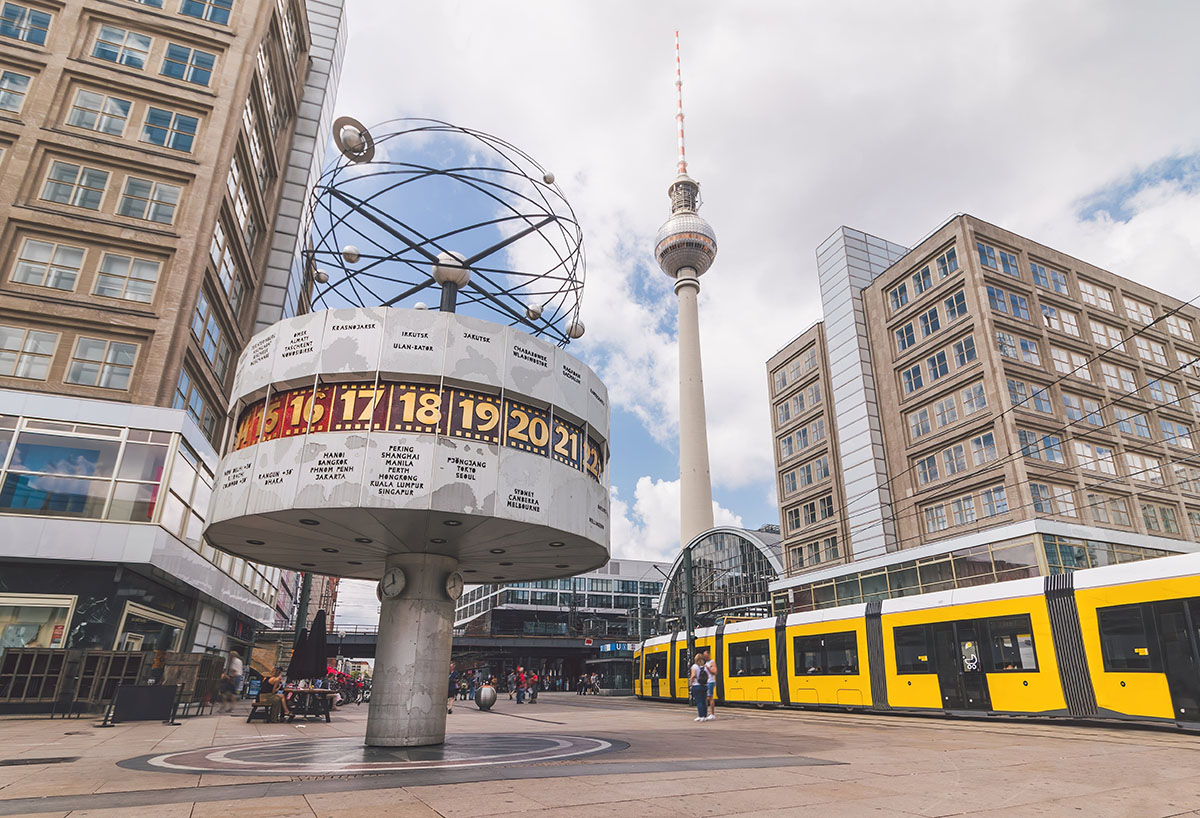
-
Berliner Mauer
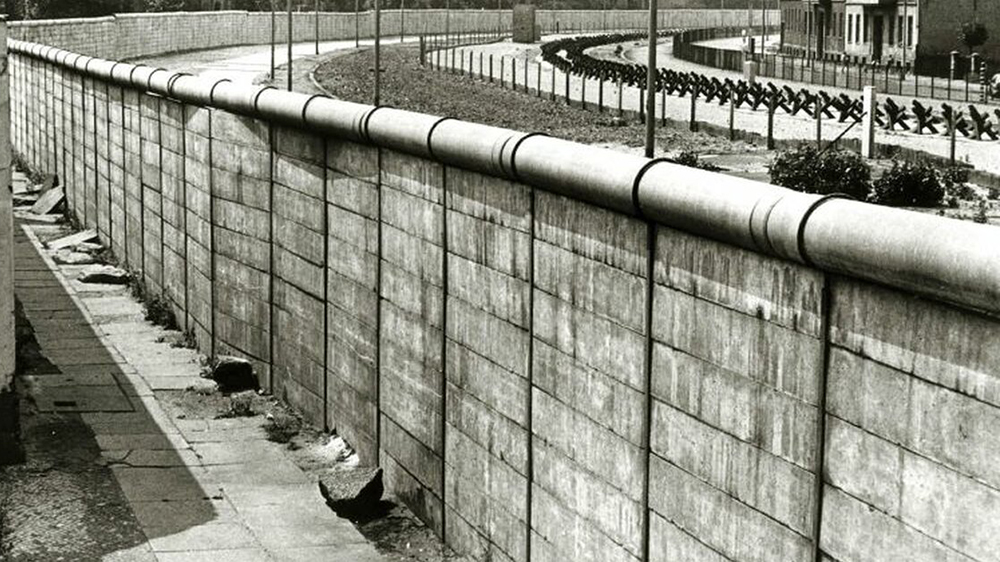
-
Brandenburger Tor
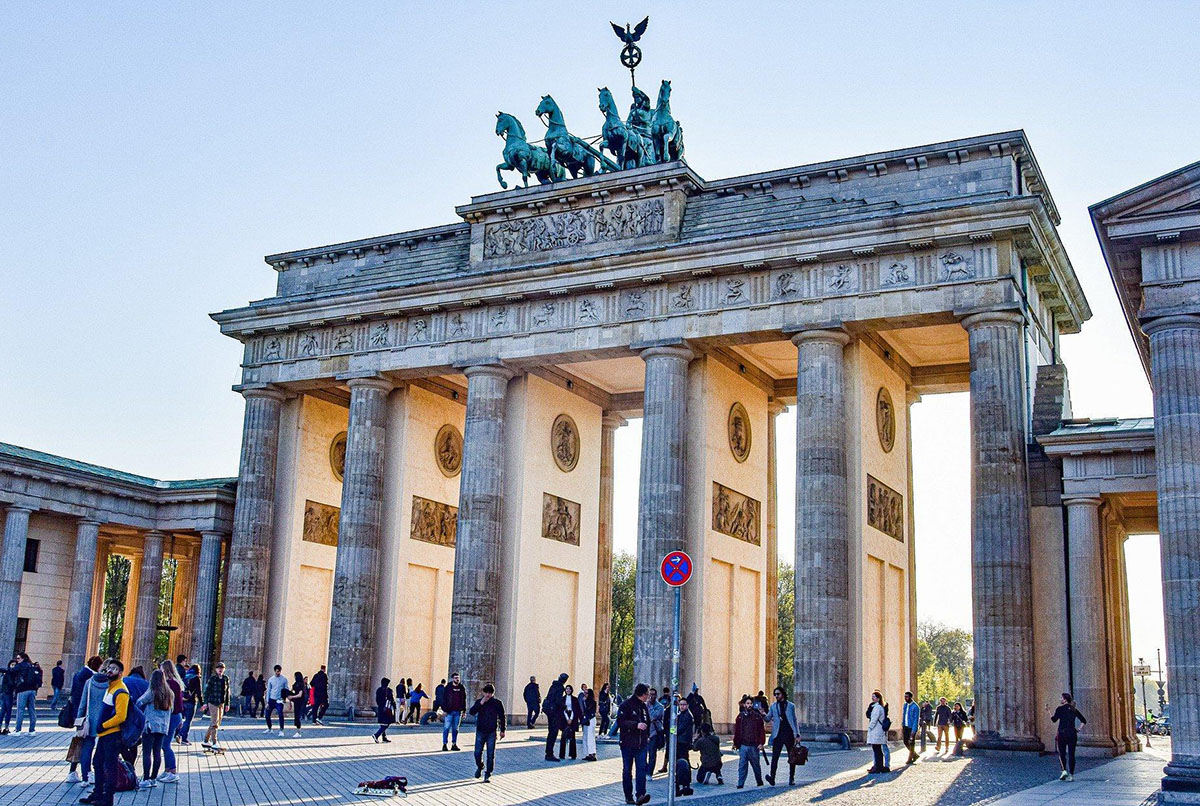
-
Checkpoint Charlie
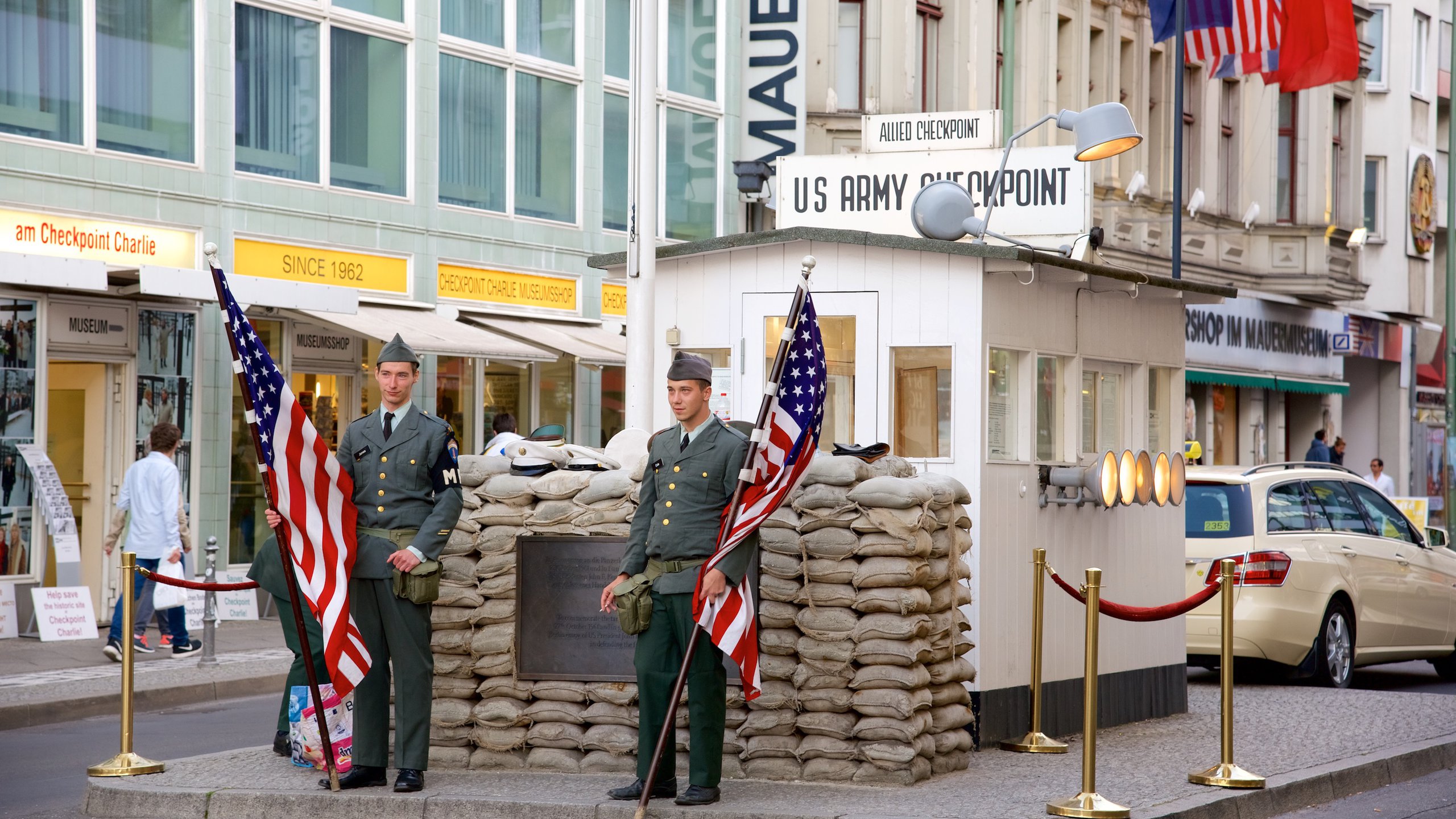
-
DomAquarée
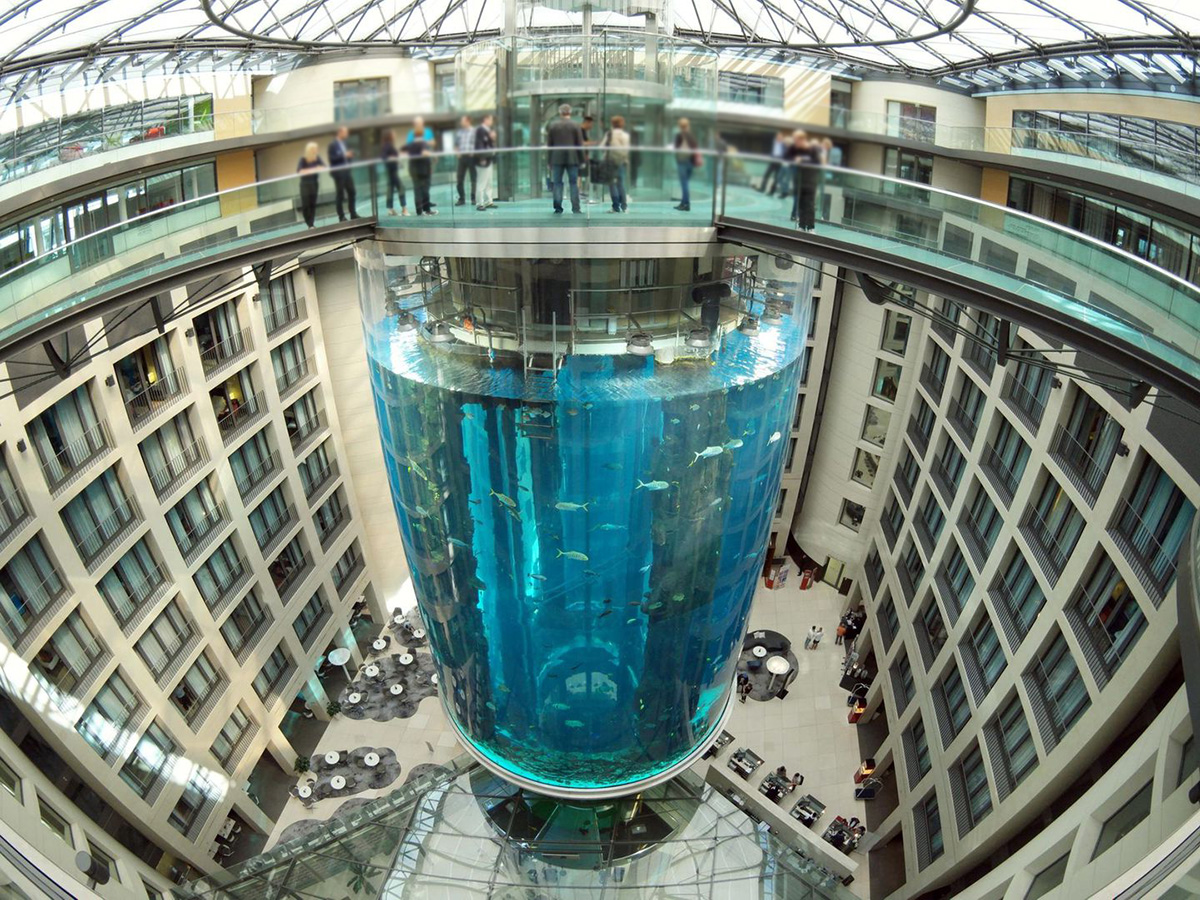
-
East Side Gallery

-
Elefantentor / Zoo
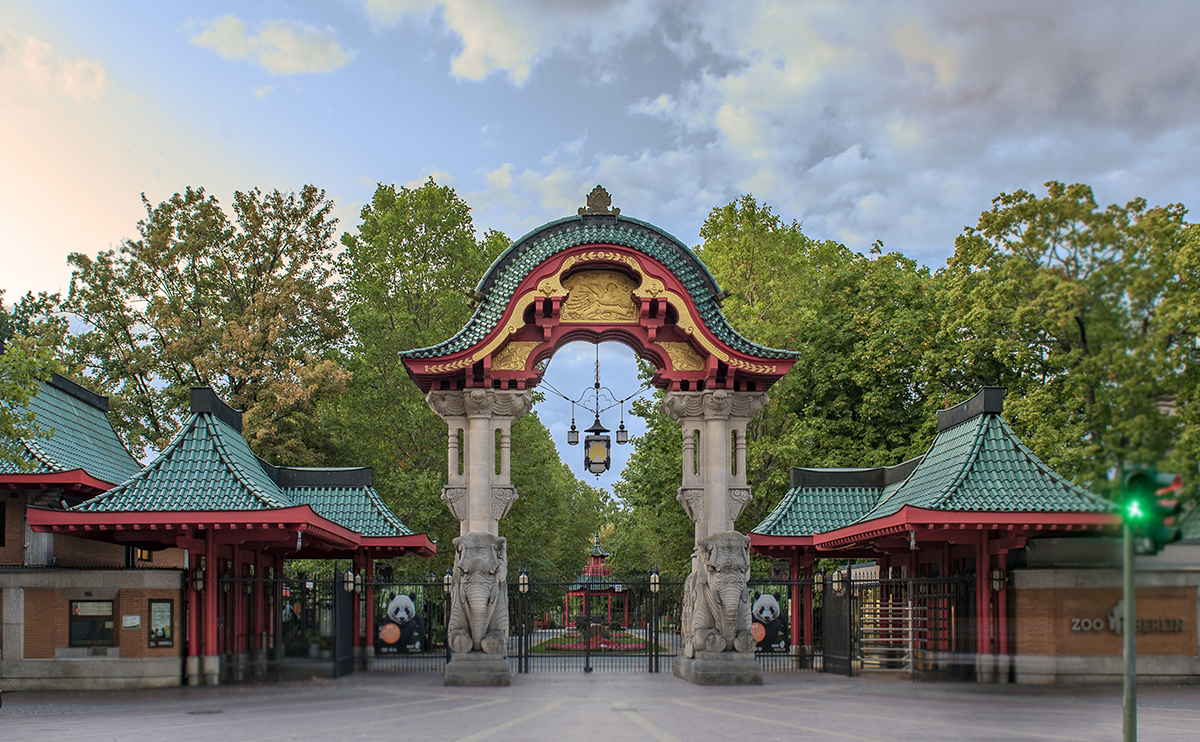
-
Friedrichstrasse
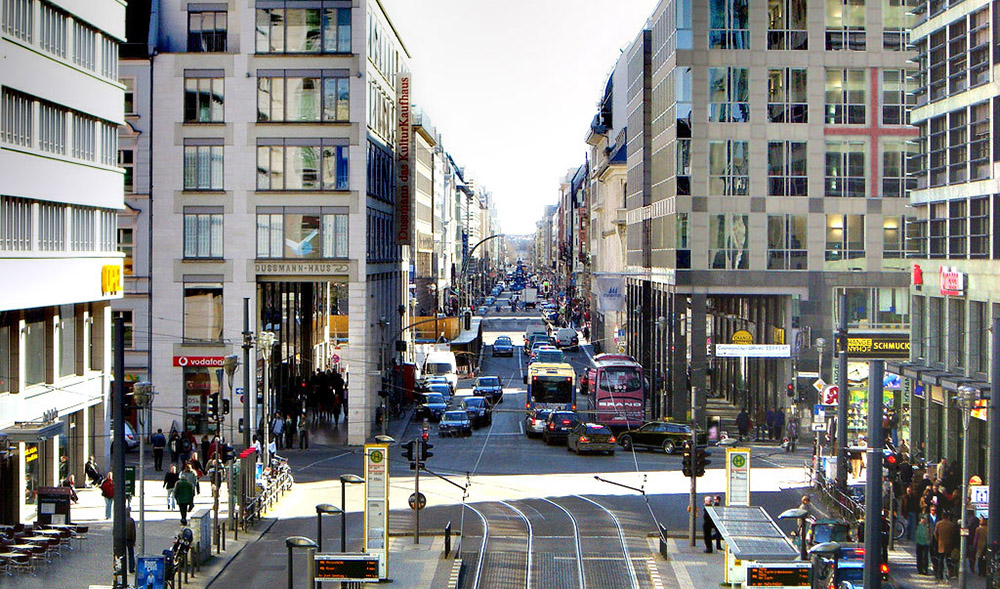
-
Gedächtniskirche / Rankestraße

-
Gendarmenmarkt

-
Gropius Bau
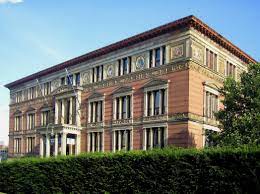
-
Hard Rock Café / Meinekestraße
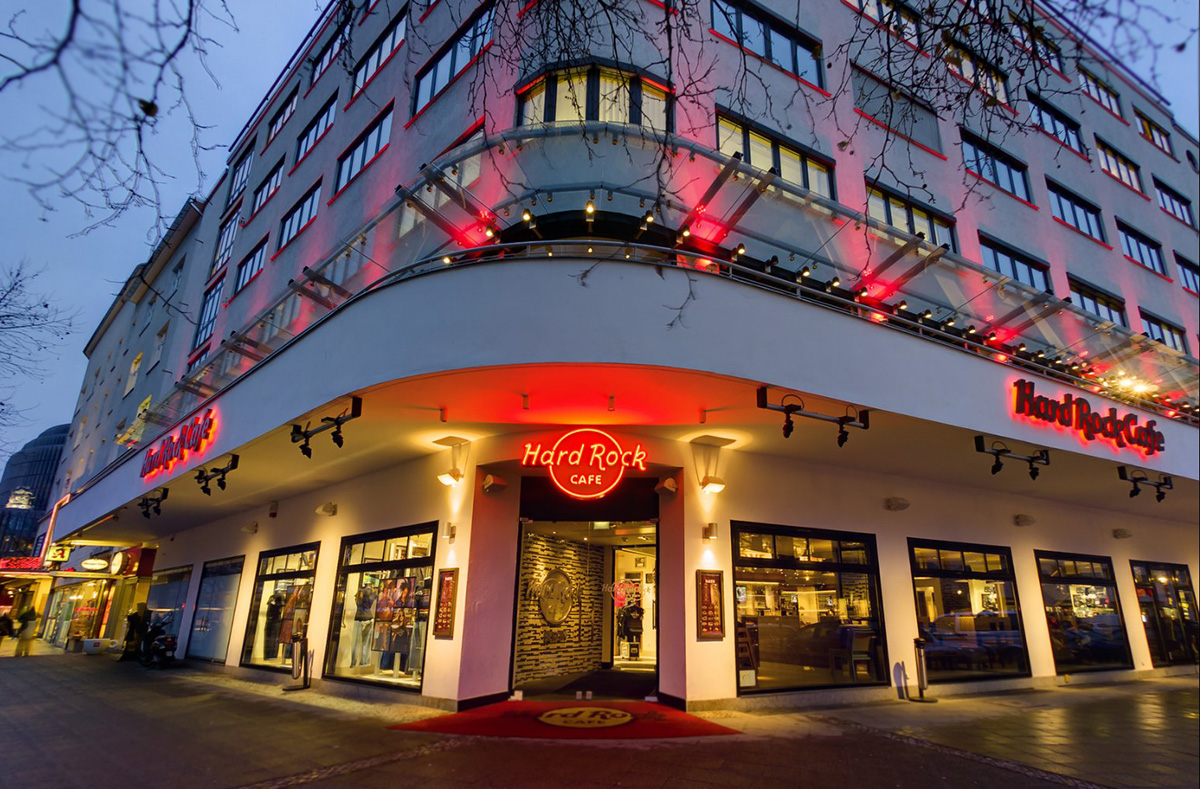
-
Hauptbahnhof
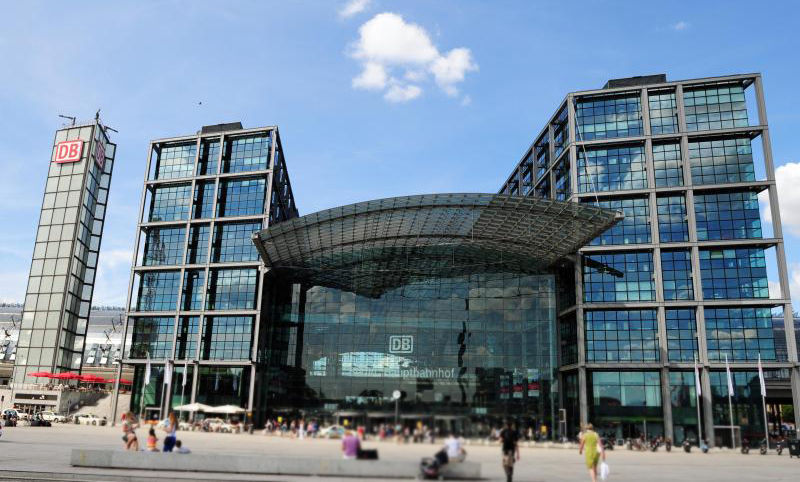
-
Haus der Kulturen der Welt
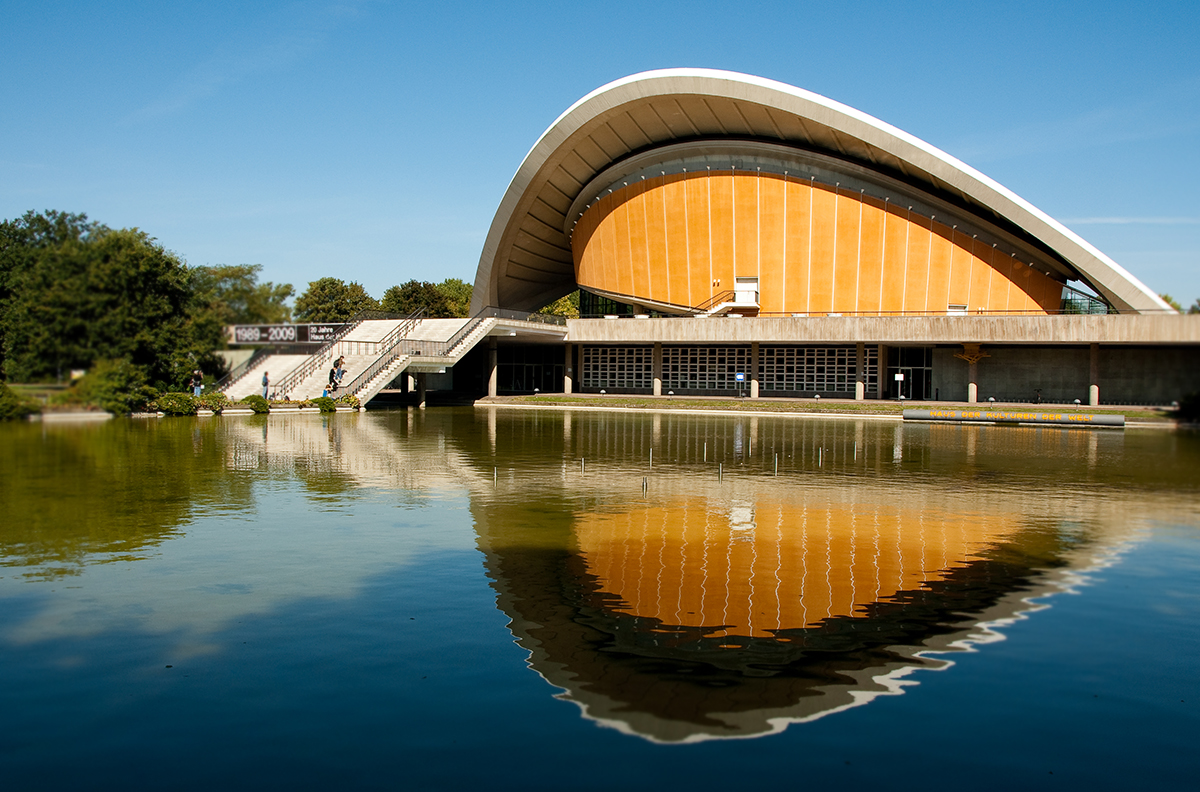
-
KaDeWe
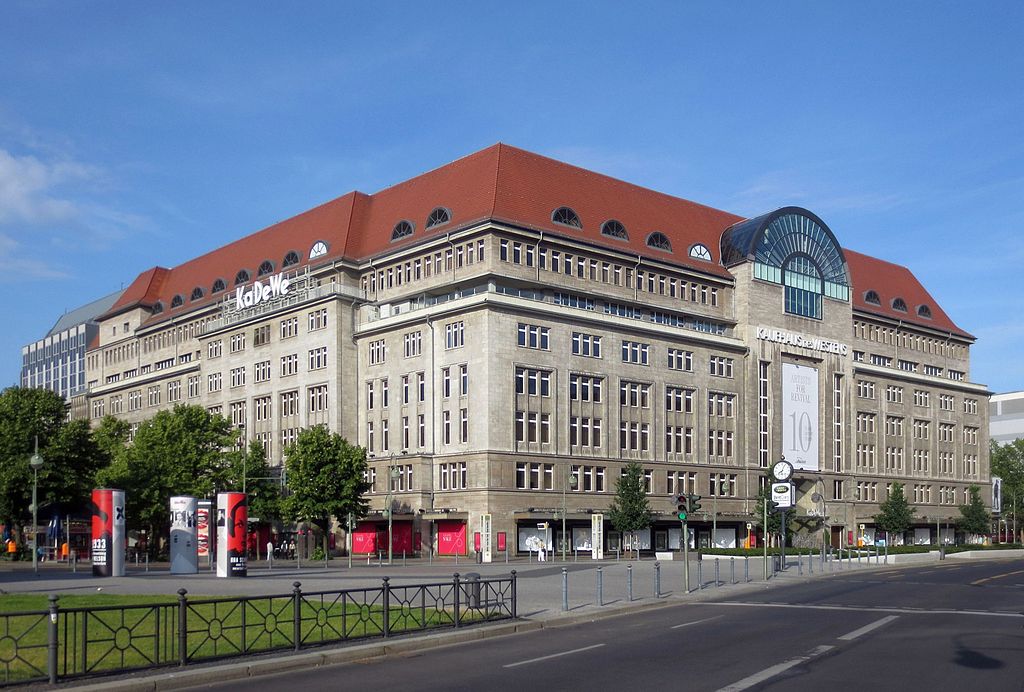
-
Kranzler
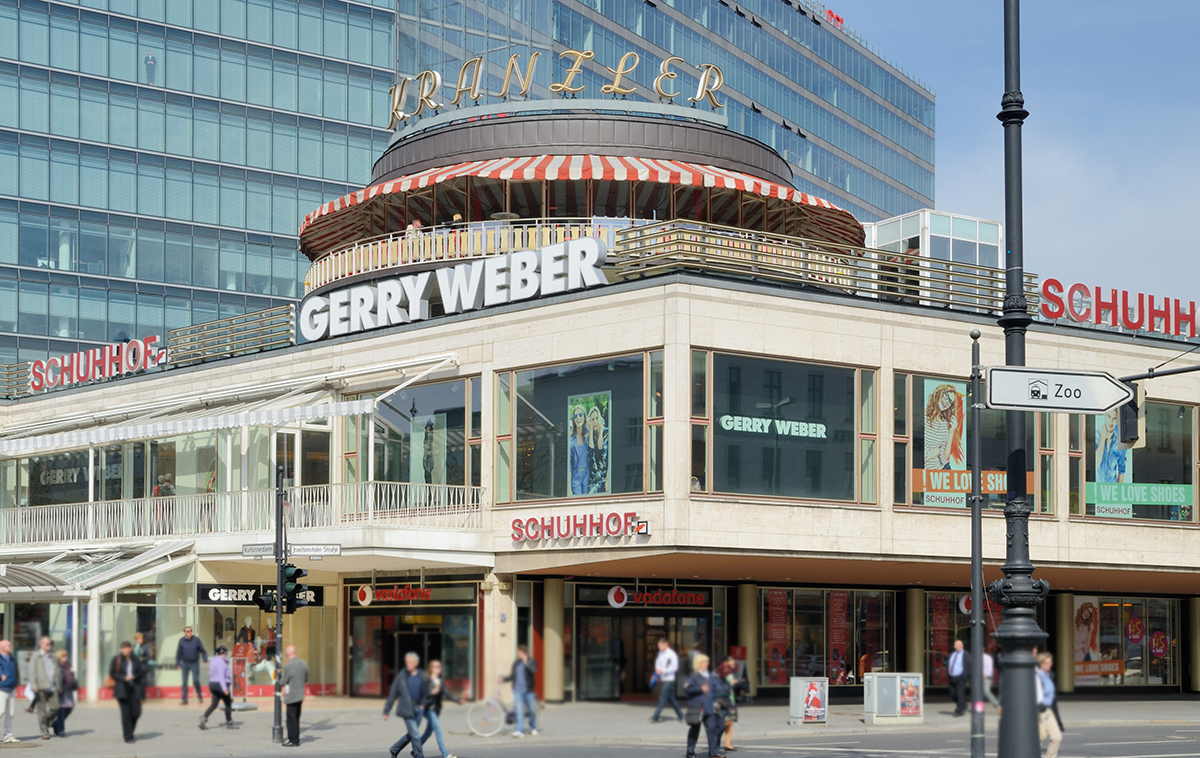
-
Ku Damm (Kurfürstendamm)
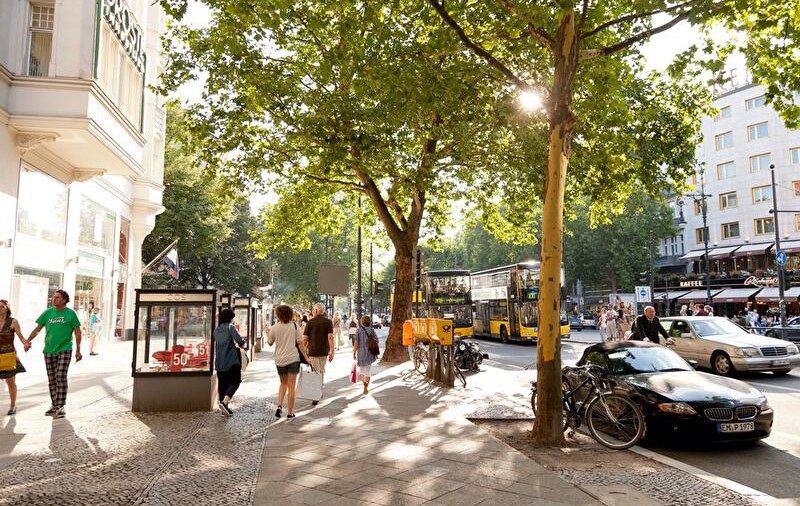
-
Kulturforum Tiergarten
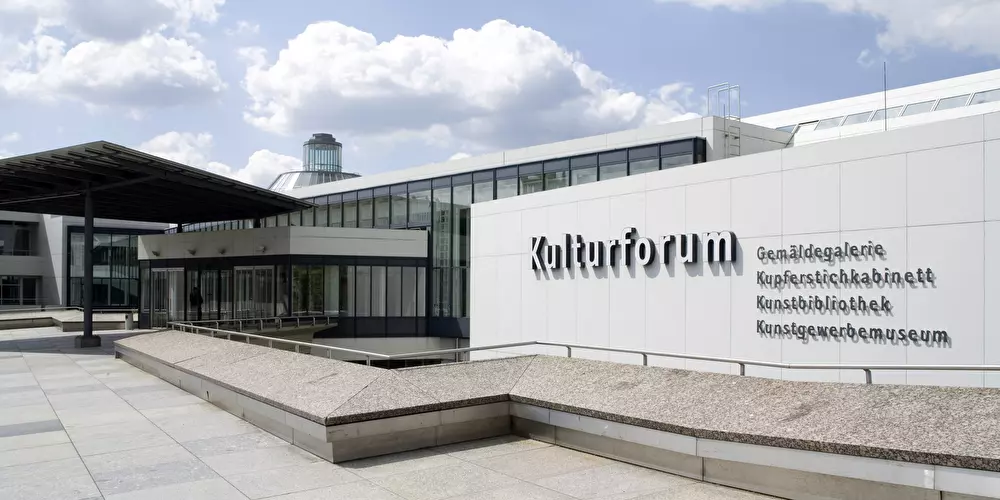
-
Kurfürstendamm 236 (Marmorhaus)
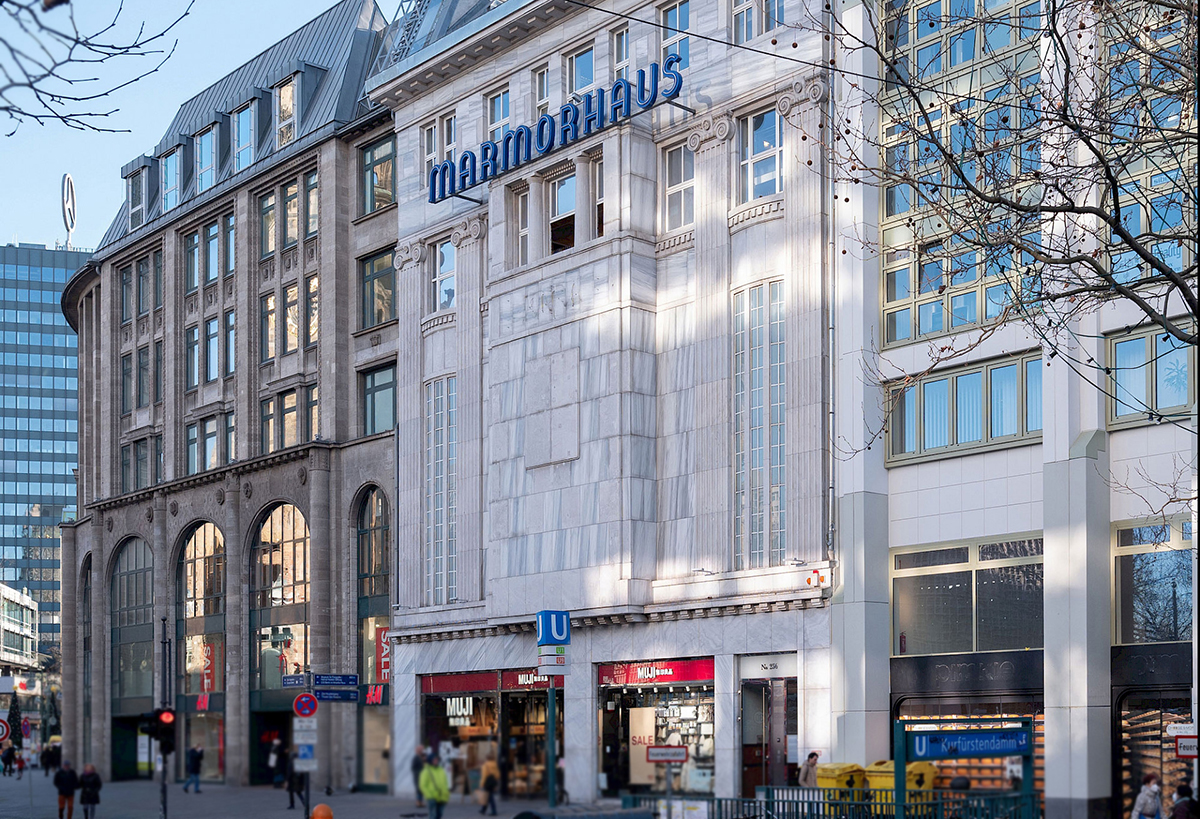
-
Lustgarten
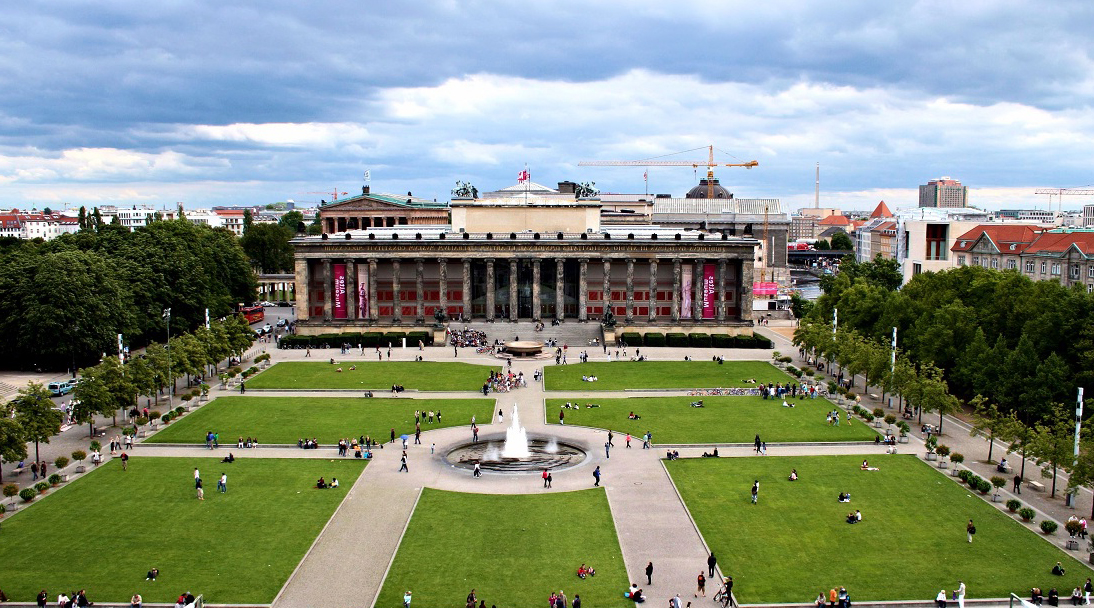
-
Lützowplatz
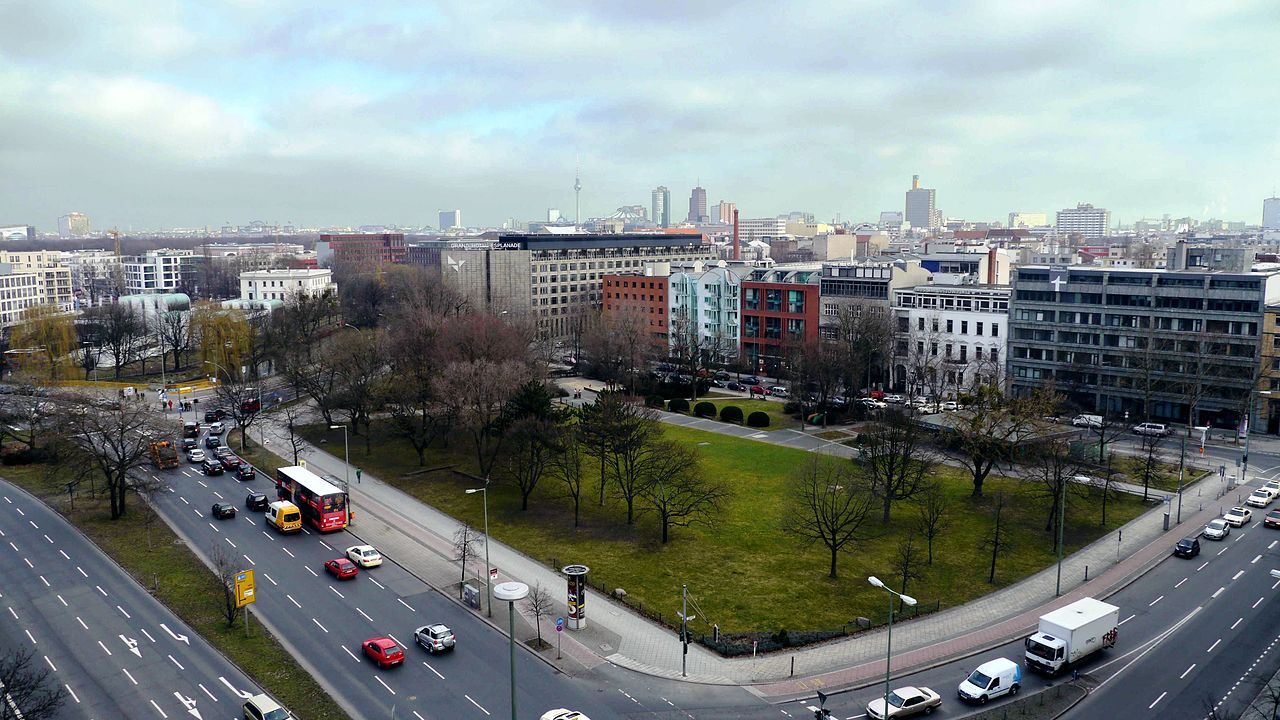
-
Museum Island / Museumsinsel
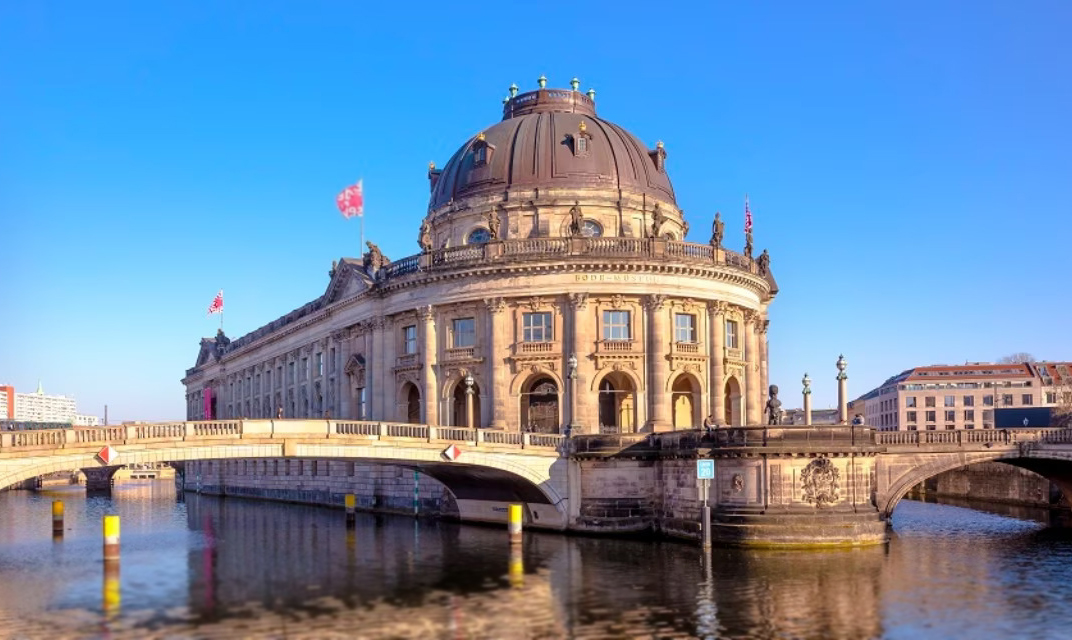
-
Neptunbrunnen / Rotes Rathaus
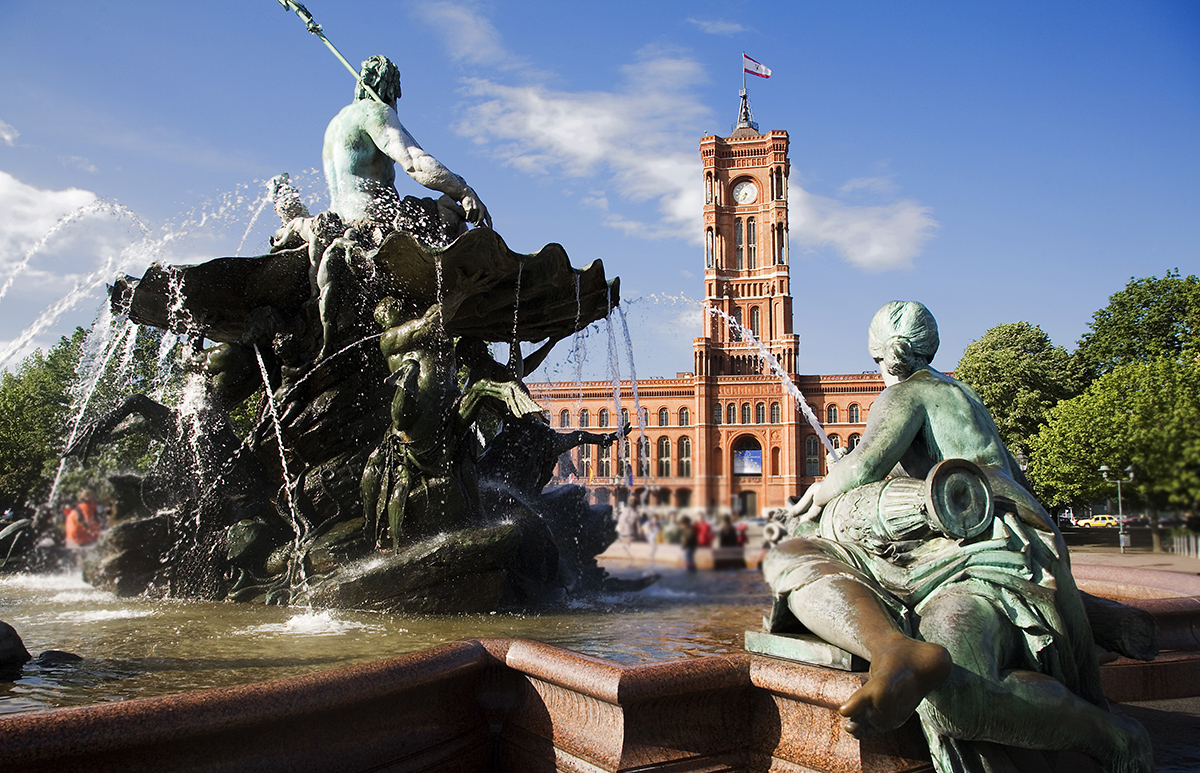
-
Ostbahnhof
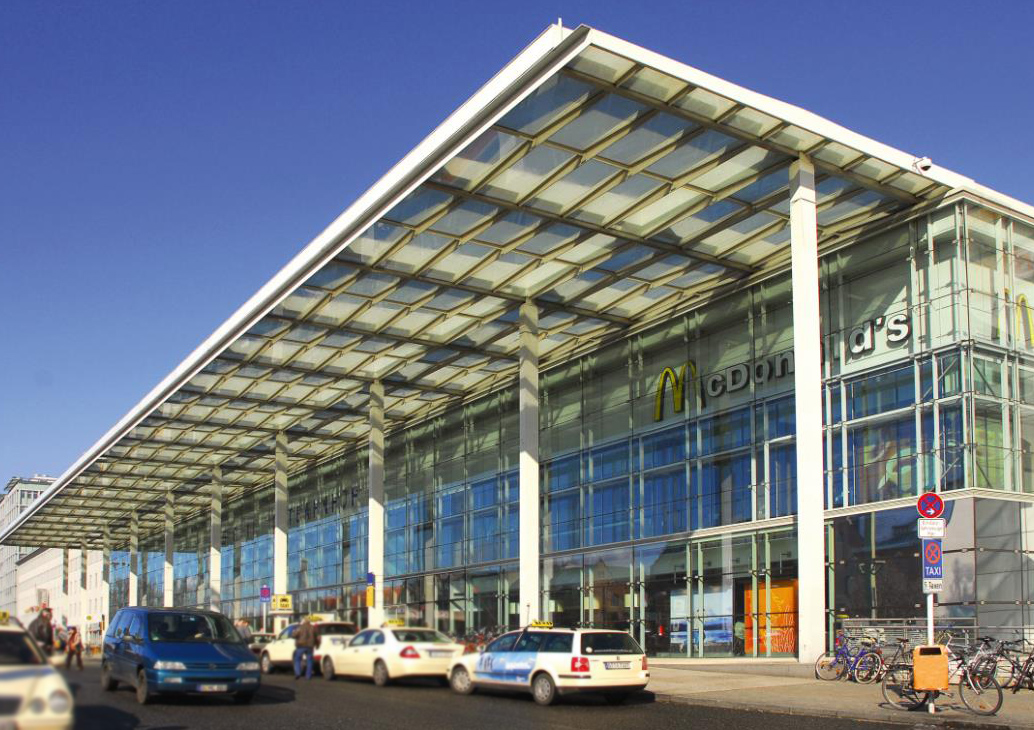
-
Potsdamer Platz / Hist. Ampel

-
Reichstag
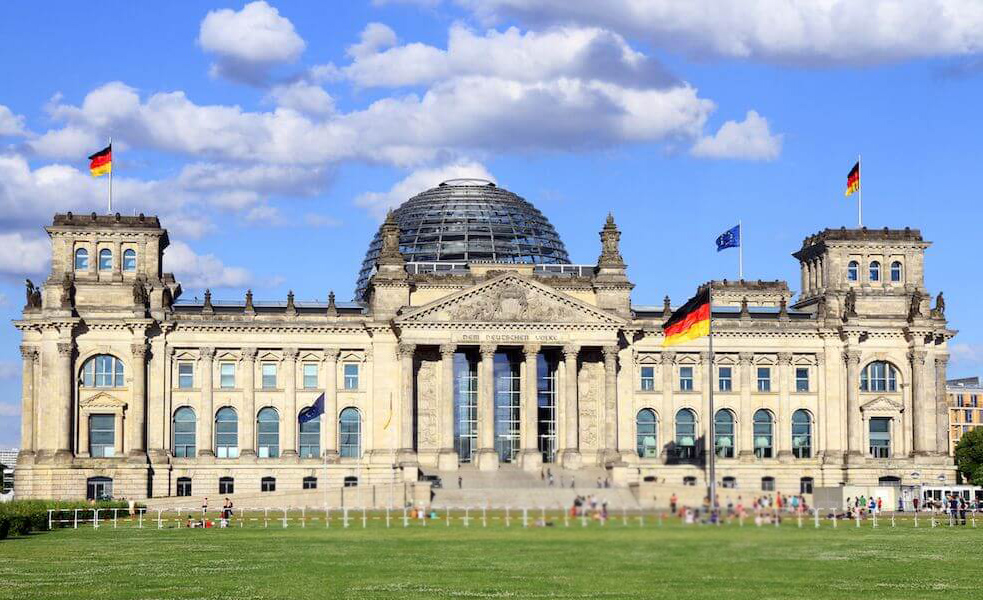
-
Rotes Rathaus

-
Schloss Bellevue

-
Siegessäule
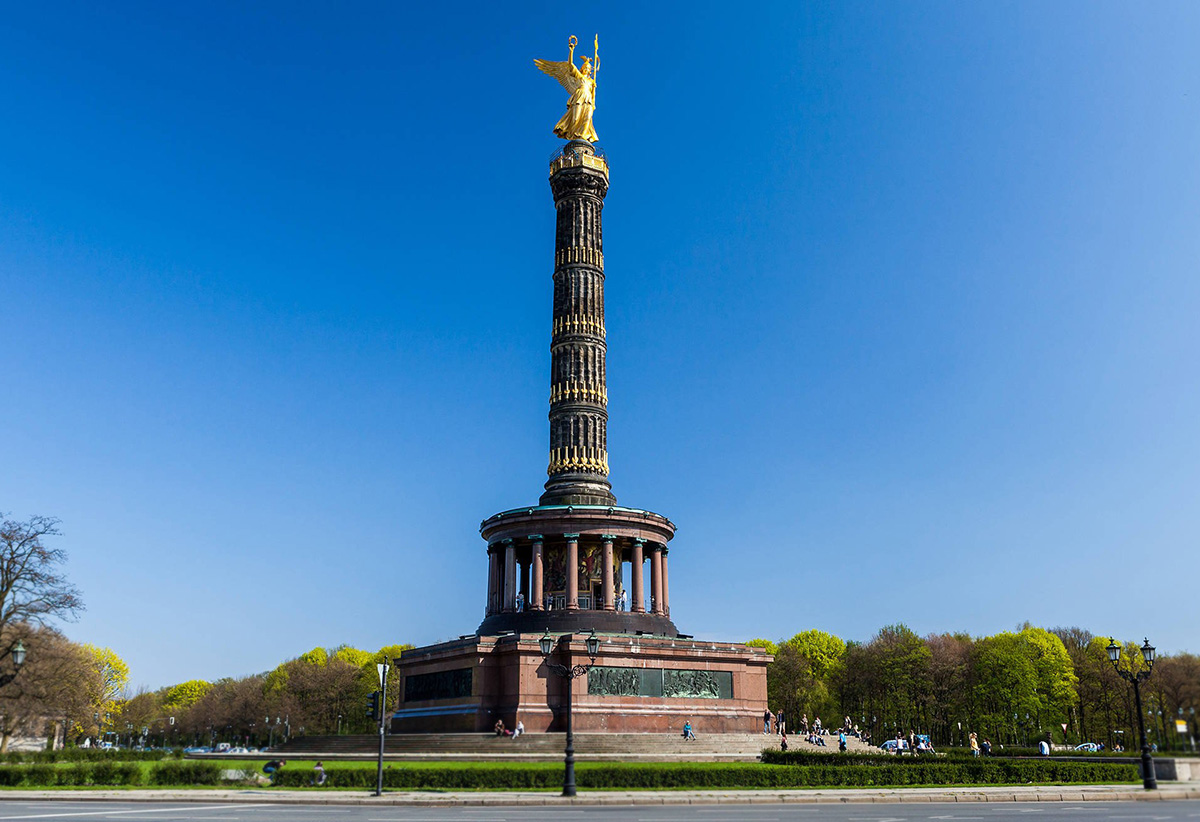
-
Tauentzienstrasse
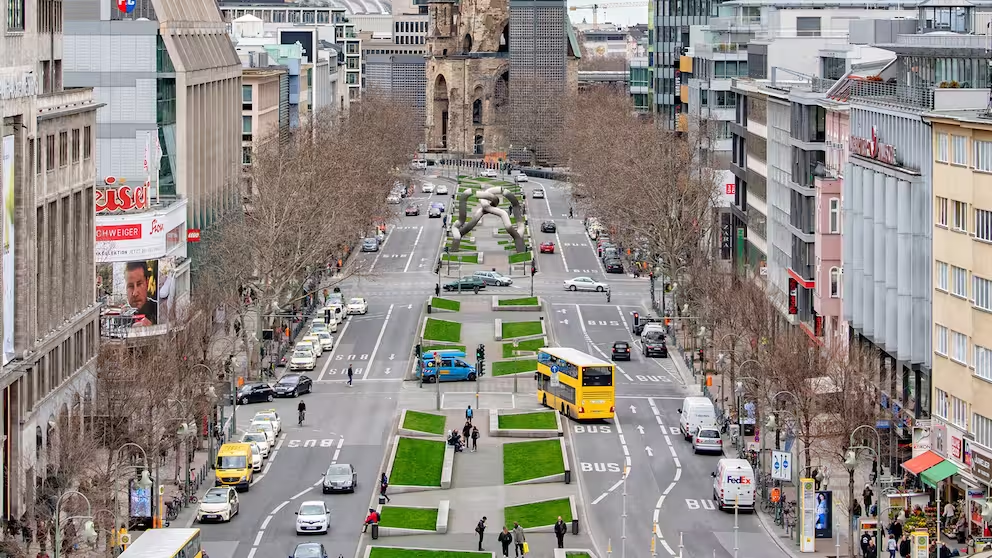
-
Unter den Linden / Friedrichstraße
